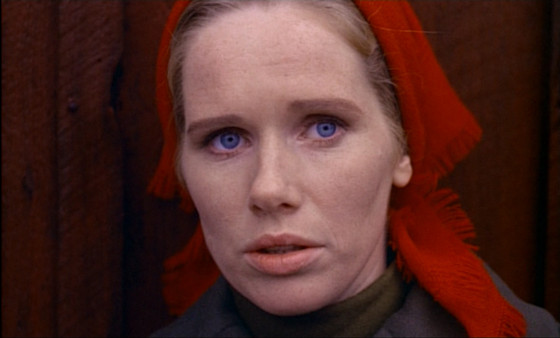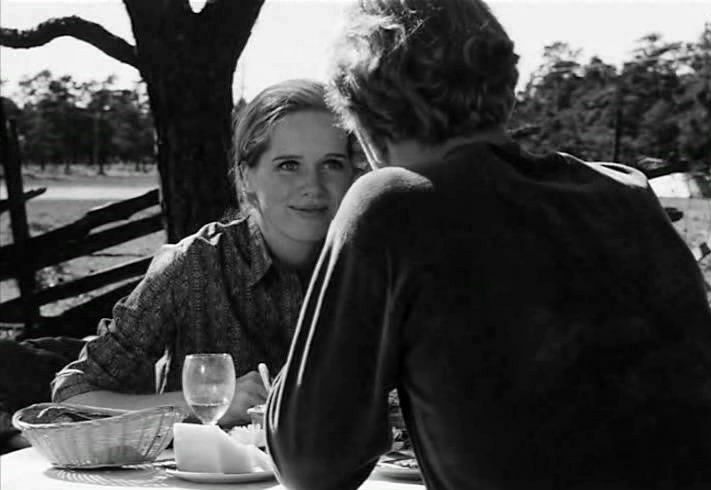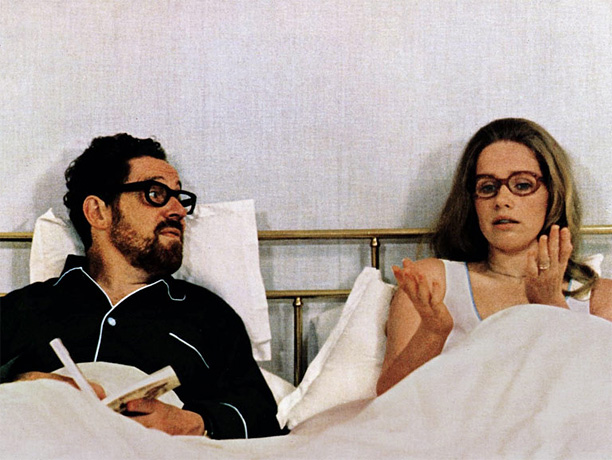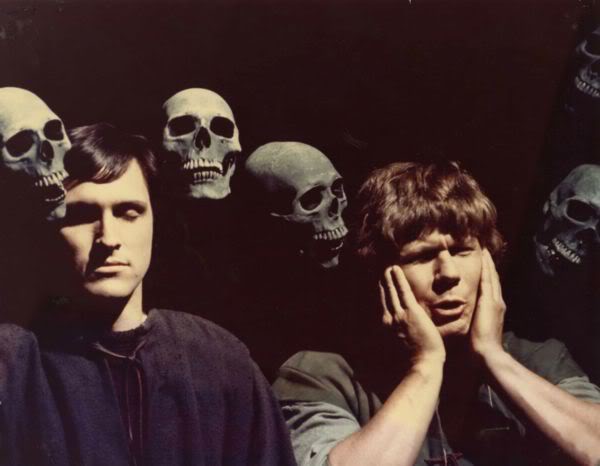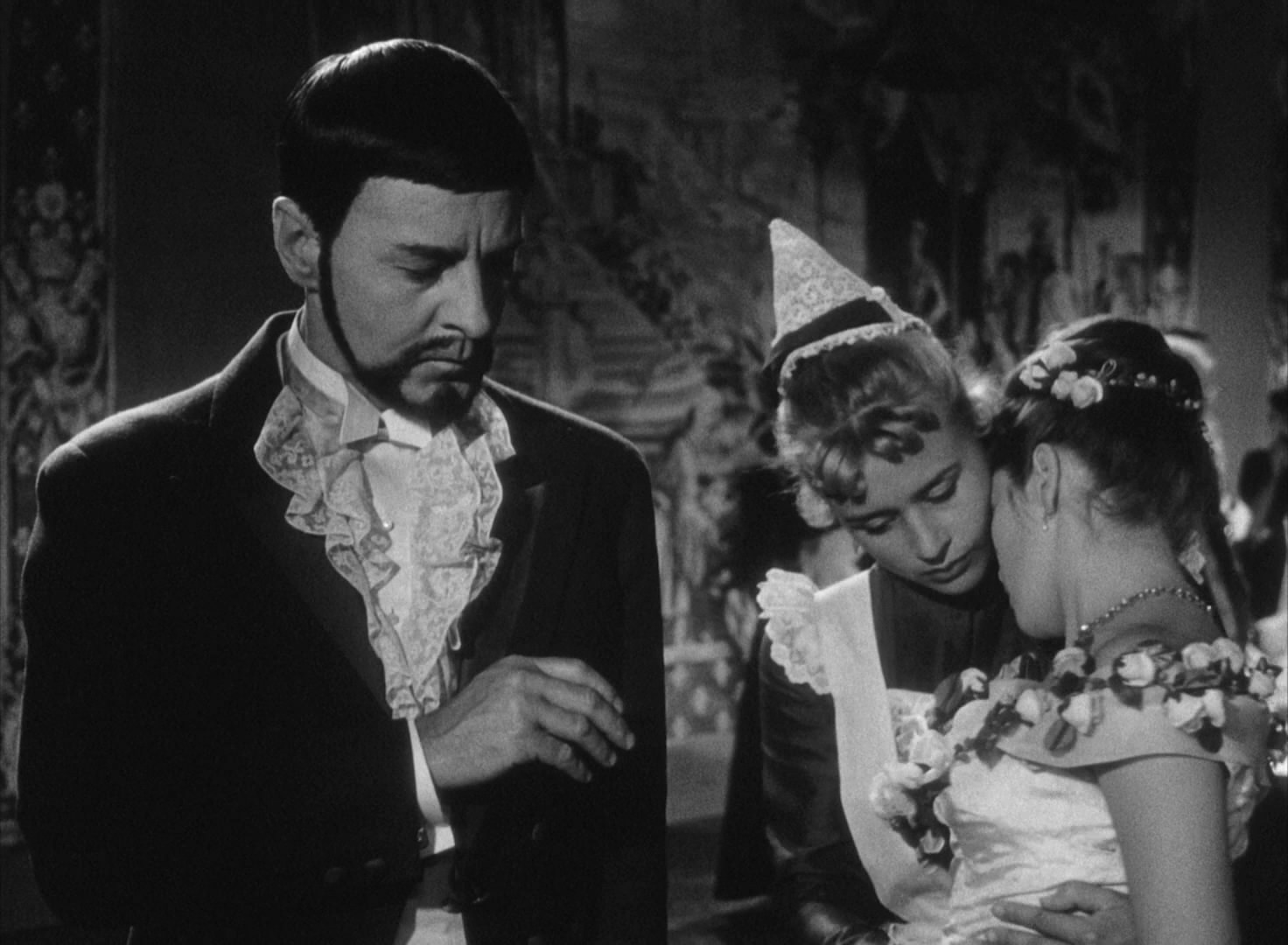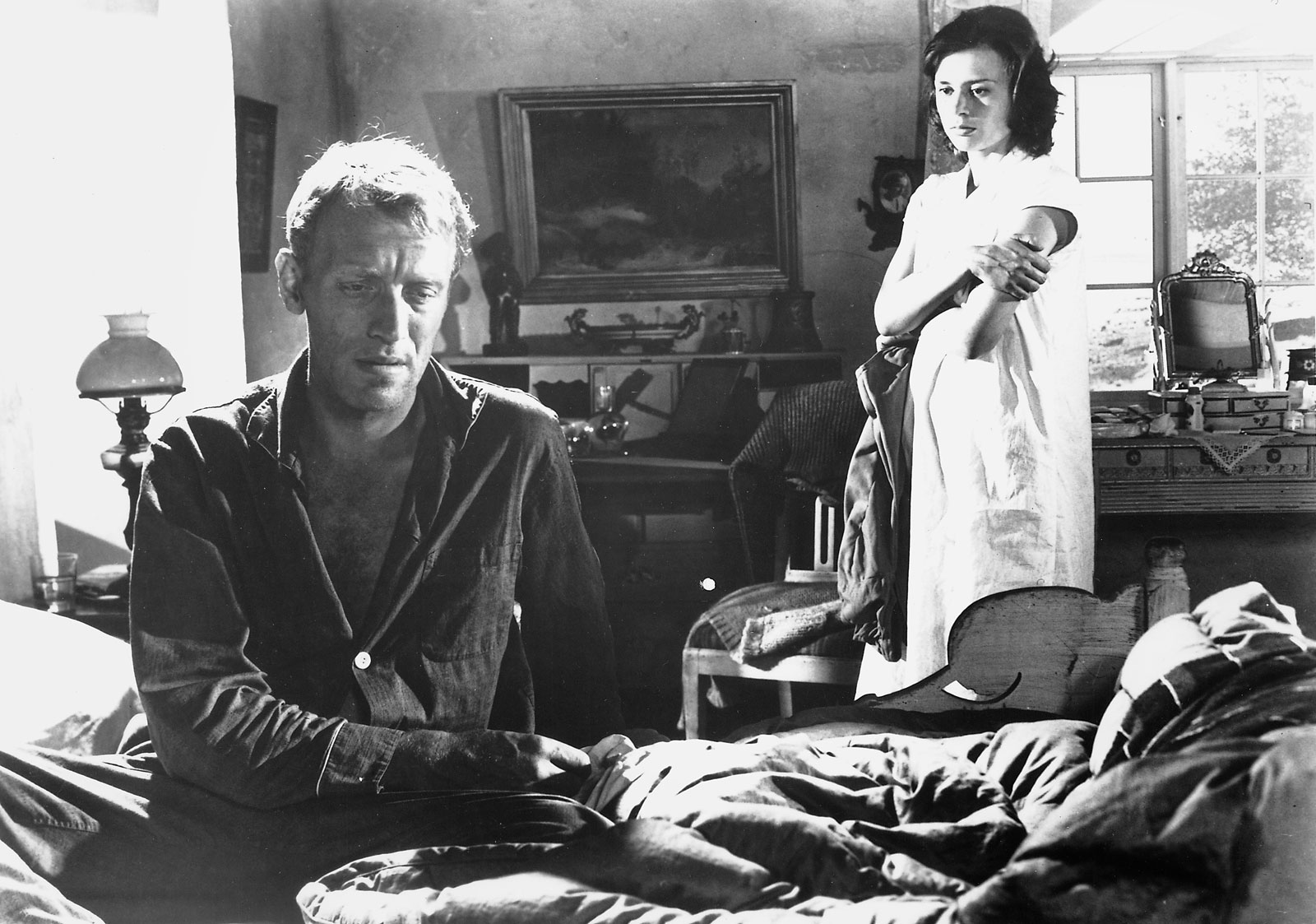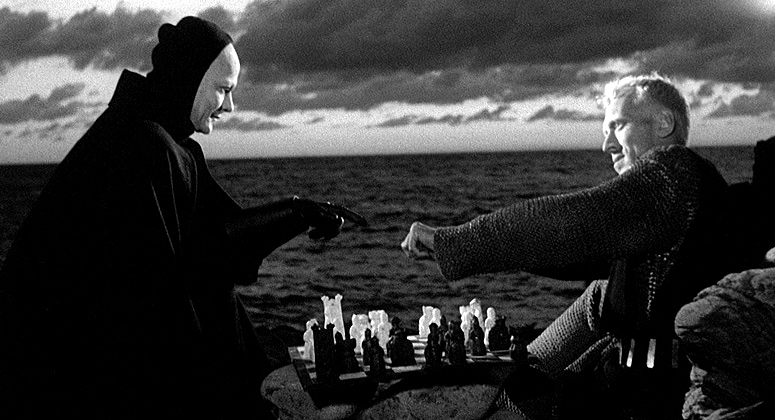
Considered by many as one of the greatest directors to ever live, to ever hold a camera or to ever peer inside the human soul. Ingmar Bergman dubbed as the Swedish miserablist for his dark and foreboding works most often chronicling the human condition in all sorts of maligned forms.
From doomed love affairs to internal demons tormenting the exterior of his characters, Bergman knew how to craft a morality play to reflect our inner emotions. At times in his career he could even prove versatile in creating light hearted and witty comedy, such that even inspired the later day aficionado and fellow film director Woody Allen himself. He was a flawed man who took his own mistakes and misfortunes in life and inserted them into his films where his talent and keen eye knew no bounds.
Bergman will always live on through his work and the films he has left behind will continue to be a timeless definition of cinema for all generations to come. Here are 20 of Bergman’s greatest achievements.
20. The Passion of Anna
The Passion of Anna is almost a companion piece with Bergman’s another film Shame. They both were filmed on Fårö seemingly in the same exact shack as the interiors near match exactly. For an interesting interpretative look between the two films, consider this theory for a moment that Shame and The Passion of Anna are the same film, at least they exist in the same film universe and the respective characters played by Sydow and Ullman are also the same in both films.
With Shame and its lack of color, it symbolizes these characters’ inner conflict throughout, a war of emotions colliding and fighting to survive. The Passion of Anna depicts what is happening on the surface, what is actually happening in reality.
However The Passion of Anna is among Bergman’s most assured films and it is superbly crafted. He experiments here like he had intended but only partly done in Hour of the Wolf by breaking the fourth wall and interviewing his actors on their characters midstream during the film. Also even more notably, Nykvist has an extreme close up at the end of the film of Sydow pacing back and forth in the muddy country road that could be a strong contender for being one of the best ending shots of a film.
19. Shame
Shame is a first-of-its-kind film in many ways, at least in the way of Bergman that is. The most known fact is that it is his first venture into the war genre that makes it wildly unique and often a surprise for most people who are unaware of the content of the film.
The second response and more personal opinion is that Shame is actually too dark as a Bergman production. The material is so harsh and bleak that the viewer quickly becomes indifferent to it. Still Shame exists as a different kind of Bergman and the bleakness, as strange as it is, on the story actually works wonders for the imagery.
Never before has Ullmann and Sydow been portrayed in such a light. The static close ups of the actors when they are staring directly into the camera were polarizing. It was as though they contained lifeless eyes where any hope in humanity had long disappeared. The final image of Ullmann lying down, staring into the camera and recounting a dream she had is of exquisitely haunting quality that burns the image into the viewer’s retina as the film cuts to black for the last time.
18. Scenes from a Marriage
Scenes from a Marriage is another Bergman miniseries produced for Swedish television just as his later masterwork Fanny and Alexander. Both films underwent a drastic cut in order to run a small theatrical circuit to be able to spread to an international audience. However neither film is complete unless viewed in their full mini-series format.
This first encounter with the lengthy story telling device of series formatting provided Bergman with so much leeway in fleshing out his characters to their utmost potential. The disintegration of a marriage is nothing new in way of Bergman material but presented here with a 5 hour plus film focusing on two individuals, makes the result more compelling then ever.
The television arena allows him to craft penetrating dialogue, realistic character development and a story that progresses with genuine flow. There is no sudden twist or turns, just a naturalistic and documentary portrayal into the lives of these two flawed individuals.
17. The Magic Flute
Even though he was a renowned theater director before and during his filmmaking career, The Magic Flute is still very experimental for Ingmar Bergman. It is usually hard to pull off a filmed stage play let alone Opera, so needless to say Bergman was taking a risk.
The Opera itself is filled with the beautiful music of Mozart and Bergman does his best not to restrict the camera to any one stationary position on the stage. He gets Nykvist to move the camera around to provide fluidity and a more cinematic look which does work.
What makes this film one of Bergman’s most essential is the entire conceit. The operatic devices and how he does miraculously make the material cinematic, even more so as a true fairy tale delight filled with such fantastical sequences. It is certainly one of the most unique films in Bergman’s vast oeuvre if not anything else and another testament of his capabilities of creating something special out of so little means.
16. Smiles of a Summer Night
Bergman’s most famous comedy and the first film where he achieved international critical acclaim. After this award laded and successful effort, Bergman seemed to earn his carte blanche among his studios and kept that creative freedom throughout the rest of his career.
Smiles of a Summer Night is also one of Bergman’s most influential films in how it inspired a generation of filmmakers, most notably Woody Allen in a new and fresh take to the romantic comedy genre. The film is also notable for displaying one of the many faces of the talented Gunnar Björnstrand equipped with a transformation of appearance. His role here really proves his worth as a character actor with the ability to immerse himself into each and every role, none two ever similar.
Along with the great interactions and chemistry between the actors, Bergman’s film is honestly funny to boot. Apart from being extremely quotable, the film is also rich in irony, satire, and intelligence in its material. There is hilarity to be found at every twist and turn while also proving very efficient for a romantic comedy, the film makes the daring feat of never being predictable or cliché.
15. Through a Glass Darkly
Bergman’s second Oscar winning film and the first into his trilogy dealing with the uncertainty of faith is actually quite different from the following two films. We look at it more as a singular piece centering on Karin’s mental illness as the major theme. However it is her illness that provokes the uncertainty of God in herself and the loved ones around her.
This is Bergman’s first movie filmed on the island of Fårö which became so popular from him for the filming locations of several of his films that it has since been dubbed (unofficially) Bergman Island. The island provides a kind of claustrophobia which is the perfect environment for the psychological story at hand. The characters while being family members are pushed so close together in the setting that the suffocating nature makes it easier for them to be aware and express to each other their feelings, fears, and resentments.
Bergman makes this movie with this one location and four characters almost in the same vein as a theatrical play. The production of the film seems incredibly minimal yet that gives proof to the greatness of it for Bergman making so much out of so little.
Nykvist again displays his prowess as Bergman’s right hand man and illuminates the island as a reflection of the mind with its waves breaking against the shore and its isolation from the rest of society. And with the film’s final yet unsure realization of God being the embodiment of love, Bergman’s exploration in the human condition and psyche is complete and at the same time just beginning.
